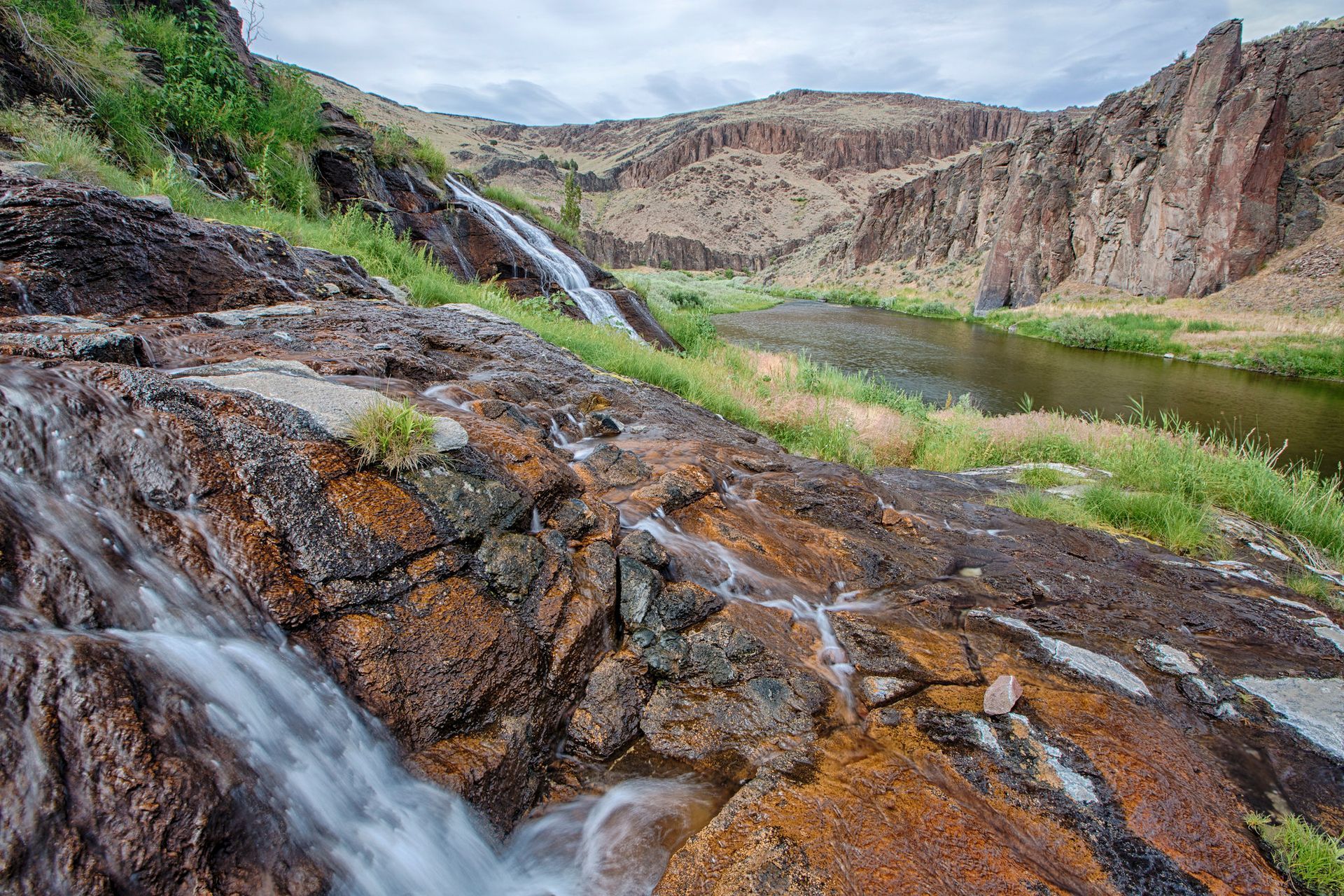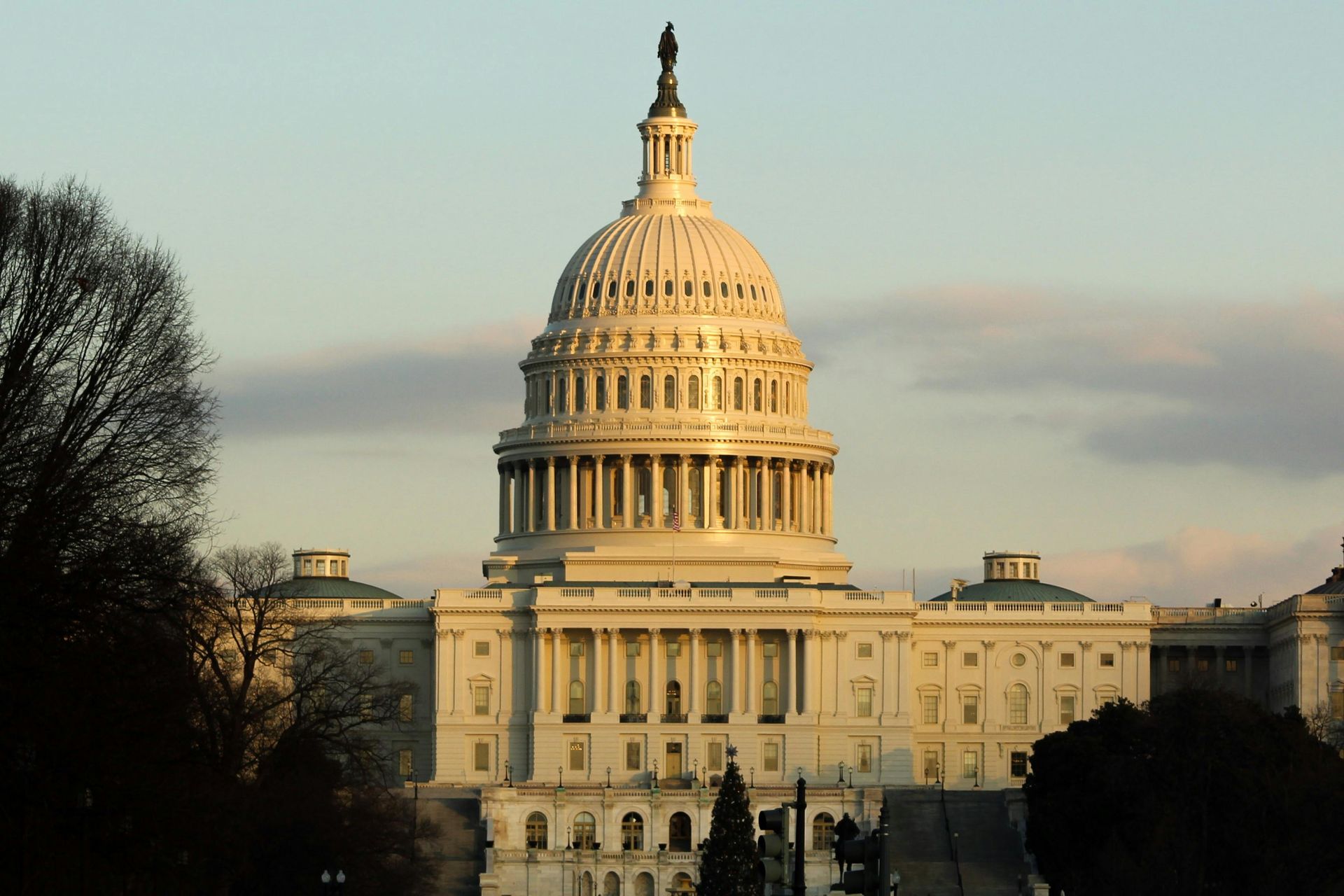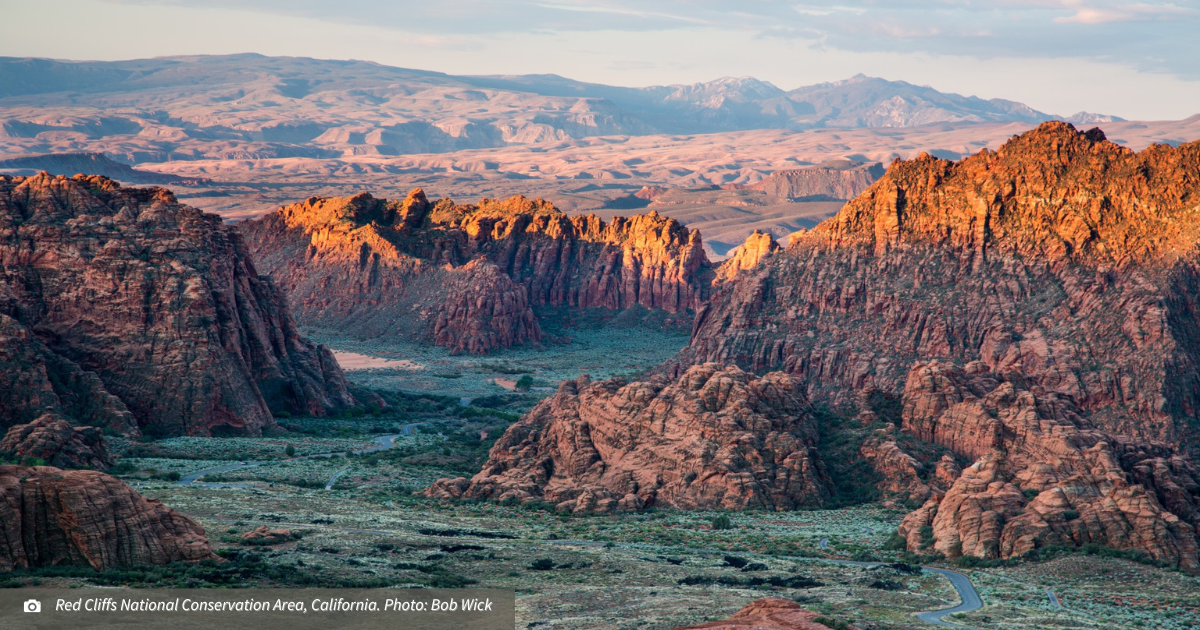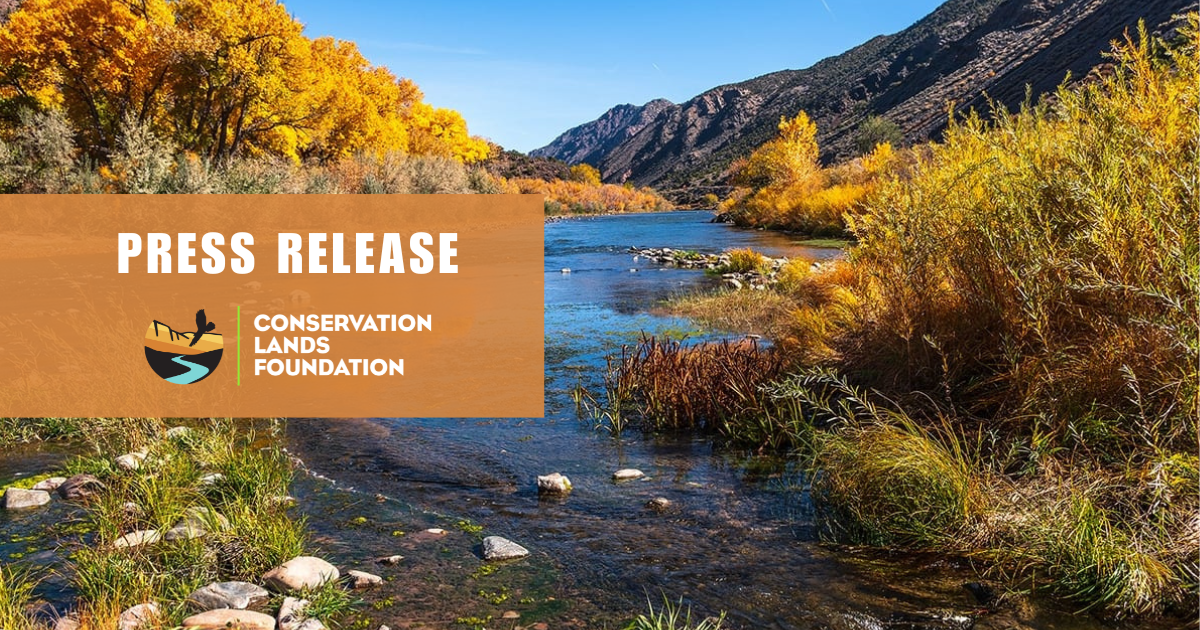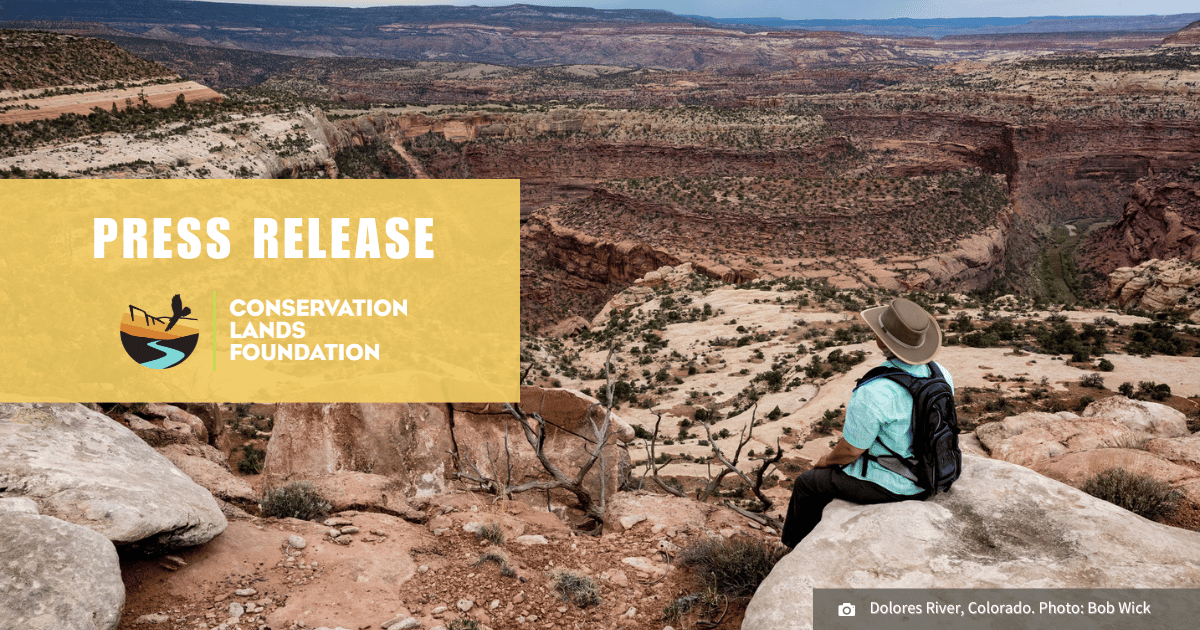BLM’s final solar plan makes way for faster, more sustainable solar development

Today, the Bureau of Land Management issued the Record of Decision for its updated Western Solar Plan, which will guide responsible solar energy development on public lands in 11 states across the West.
The western US has exceptional renewable energy potential and some of our nation’s best solar, wind and geothermal resources are found on public lands and waters. Harnessing this potential will create thousands of jobs, promote American energy independence, and reduce emissions. The Record of Decision marks the first update of the plan since 2012, when the BLM established a region-wide smart-from-the-start endeavor that identified areas in six southwestern states with high solar potential and low conflict with natural resources.
A decade later, with improved technology, new transmission, and ambitious clean energy goals, the BLM expanded the plan to 11 western states to help identify areas close to existing and planned transmission corridors or on degraded lands with high solar potential and low resource conflicts. While 31.7 million acres are available for solar applications, the record of decision estimates that only about 700,000 acres (2%) are likely needed to meet our clean energy goals by 2045. The update commits the BLM to engaging with Tribes and community stakeholders – including communities and all who cherish our nation’s public lands – to ensure they have a seat at the table when specific projects undergo environmental review and before decisions are made.
In response to today’s news, several organizations issued the following statements:
“Now is the time to invest in safe and abundant energy solutions on public lands, and the BLM’s final Western Solar Plan will accelerate clean energy, while still protecting sensitive areas and ensuring community buy-in,” said The Wilderness Society’s Kim Stevens, Director of Climate Policy Advocacy. “This country needs to urgently transition to renewable energy to lower energy costs, create jobs, and accelerate energy and clean air priorities. The Western Solar Plan will serve as a blueprint for this needed transition, and we look forward to working alongside the administration, the solar industry, communities, Tribes, and other stakeholders to ensure energy decisions made on public lands aren’t made in a silo.”
“The Western Solar Plan will play a crucial role in securing our country’s energy independence and security over the coming decade,” said Josh Axelrod, Senior Policy Advocate for the NRDC (Natural Resources Defense Council). “This is a rare piece of policy that can drive job growth, boost rural economies, and ensure conservation of fragile environmental resources.”
"We commend the Bureau of Land Management for finalizing and releasing the record of decision for the Western Solar Plan. This plan is critical because the BLM, as the steward of the nation’s largest public land base, has a unique responsibility to advance renewable energy development while safeguarding sensitive natural and cultural resources. We appreciate the thoughtful approach taken to balance renewable energy development with the protection of wildlife habitats, cultural sites, and other resource uses. Moving forward, we look forward to collaborating with the agency, industry, and stakeholders to further identify low-conflict areas for solar development and to ensure that robust environmental analysis is employed to avoid and minimize impacts from individual projects. This plan marks an important step toward achieving the nation’s renewable energy goals while preserving the integrity of our public lands for future generations," said Kara Matsumoto, Public Lands Policy Director at the Conservation Lands Foundation.
"Since BLM lands surround much of our Tribal territories, it's crucial that BLM and solar developers actively engage Tribal governments and communities in all solar development plans," said Chéri Smith, a Mi’kmaq Tribal descendant and President & CEO of the Alliance for Tribal Clean Energy. "For the initiative to be truly equitable, Tribes must be given the opportunity to address both current policies and historical injustices, ensuring that clean energy efforts on Tribal lands deliver long-term benefits and equity. We must uphold sovereignty, protect our homelands, and ensure that revisions to the plan address Tribal needs, eliminating barriers to clean energy benefits such as cost savings, resilience, and job access."
"We have a great responsibility to advance a renewable energy economy while protecting the vast intact landscapes that define the West, including our national parks. The Western Solar Plan is an important step, shaping the future of 80 national park sites directly adjacent to BLM-managed land,” said Beau Kiklis, Associate Director of Energy and Landscape Conservation at the National Parks Conservation Association (NPCA). “We commend the Biden administration for finishing this crucial work and look forward to working with agencies, the solar industry, and stakeholders to ensure this plan strikes the right balance between development and conservation. Strategic siting can minimize harm to national parks and communities while creating jobs and supporting a growing economic sector.”
“The Bureau of Land Management’s Western Solar Plan provides a framework to balance between solar energy development and wildlife conservation on America's public lands. This is important for the hundreds of bird species that use public lands during their life cycle – many of which face significant range loss and extinction unless we combat the climate crisis with a rapid development of clean energy,” said Garry George, Senior Director of Climate Strategy at the National Audubon Society. “We look forward to further reviewing the final plan and ensuring that, in implementation, development is driven to degraded areas close to transmission that have the least conflict with natural and cultural resources.”
Decarbonizing the energy sector should not harm the West’s lands, waters, biodiversity or communities. The final Western Solar Plan better balances the scale of energy production with protections for wildlife, habitat, and cultural resources. The Wilderness Society, Natural Resources Defense Council, Alliance for Tribal Clean Energy, National Parks Conservation Association, National Audubon Society and Conservation Lands Foundation look forward to working with the BLM, partners, and the solar industry to identify more discrete, low-impact areas where large-scale solar projects will be incentivized and prioritized. This will lead to faster, more efficient project approvals because there will be fewer conflicts over high-value natural areas and less community opposition.
Contacts:
Emily Denny (The Wilderness Society): edenny@tws.org, (202) 240-1788
Andrew Scibetta (Natural Resources Defense Council): ascibetta@nrdc.org, (202) 289-2421
Kathleen Van Gorden (Alliance for Tribal Clean Energy): kathleen@tribalcleanenergy.org, (401) 480-1840
Caitlyn Burford (National Parks Conservation Association): cburford@npca.org, (541) 371-6452
Megan Moriarty (National Audubon Society): megan.moriarty@audubon.org, (917) 842-9820
